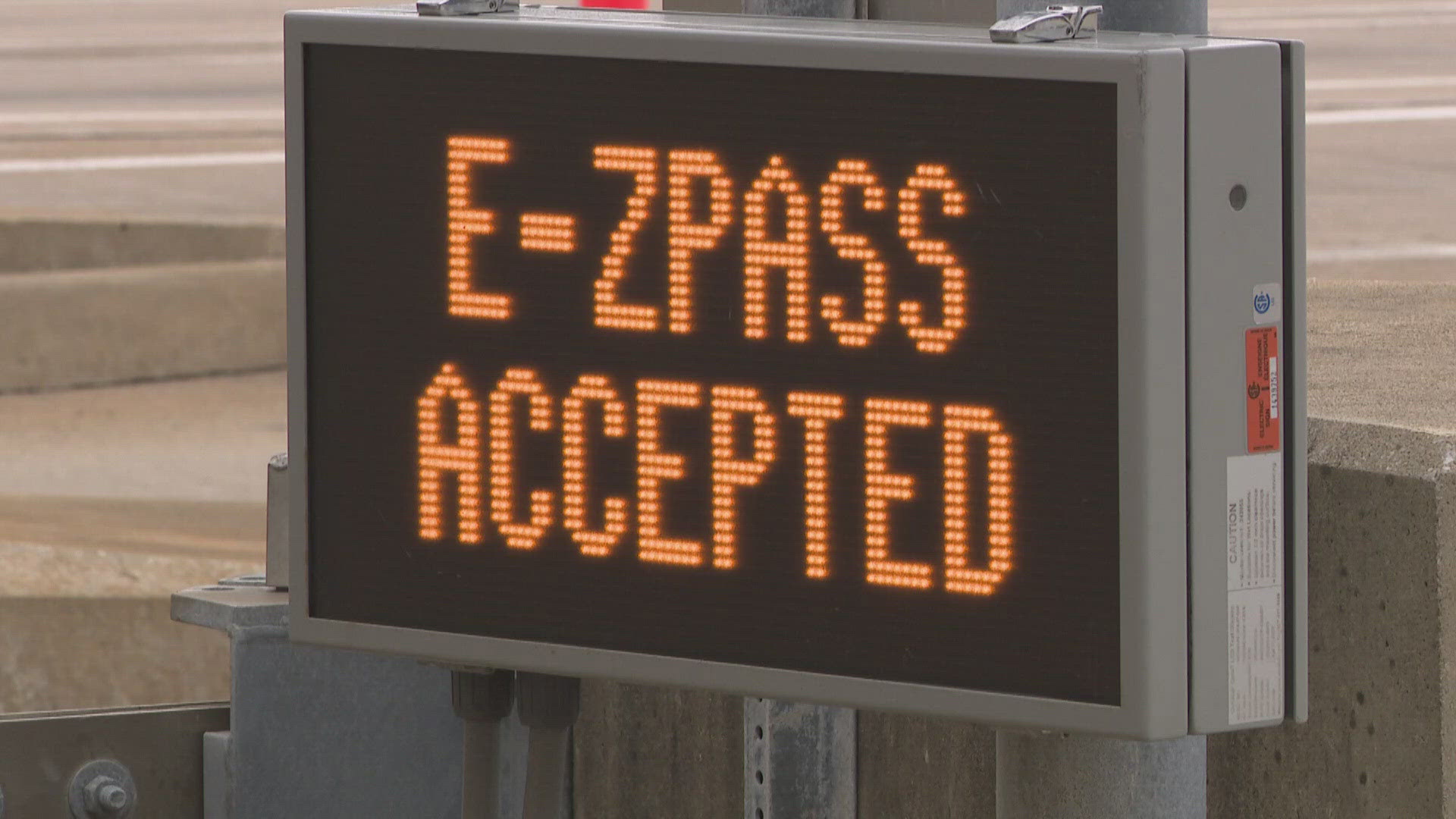COLUMBUS, Ohio (AP) — About 1 million Ohioans, mostly in Appalachia, lack high-speed internet service and the state's highway corridors may hold the key to addressing the stubborn problem, a report released Wednesday concluded.
A fact-finding effort by Republican Gov. Mike DeWine's administration identified a number of causes for the lack of broadband availability to include outdated tax codes, missed funding opportunities, maps that incorrectly show where service is available and bureaucratic red tape.
Those that responded to a request for information told state officials no best practice strategy exists among states for introducing broadband in underserved areas, but states that have had success have been more aggressive in their approach than Ohio.
The report said valuable rights of way along limited-access highways maintained by the Ohio Department of Transportation could be leveraged to expand broadband availability. Increased private investment in such projects and Ohio's efforts to become a leader in developing "smart" transportation corridors that require robust internet access may provide additional momentum.
DeWine said his administration is committed to making sure broadband is part of the state's overall infrastructure strategy.
"This report provides interesting insight into opportunities Ohio can take advantage of as we develop plans to improve and expand broadband across the state," DeWine said in a statement.
Republican Lt. Gov. Jon Husted, director of the state's InnovateOhio technology initiative, is spearheading development of a new statewide broadband strategy based on the report's findings.
"We received a lot of very helpful feedback as part of this process, which we can now use as we craft a statewide broadband strategy," Husted said in a statement. "Expanding access to and quality of broadband in our state is a quality of life issue, an economic issue, and a health and safety issue, which is why our administration is determined to get our strategy right."
The request for information asked broadband providers which highway corridors would be of interest if the state makes them available for private use. The 1 million Ohioans without high-speed internet live in about 300,000 households. But the report also said it may take a variety of approaches to succeed at getting affordable, reliable internet service into all communities.
Transportation Director Jack Marchbanks said his department will be fully engaged.
"Whether it's connecting children to information at school or connecting smart vehicles to infrastructure, access to broadband is vital in the 21st Century," Marchbanks said. "ODOT has always played a role in helping connect our state and this is just another opportunity to do that."

